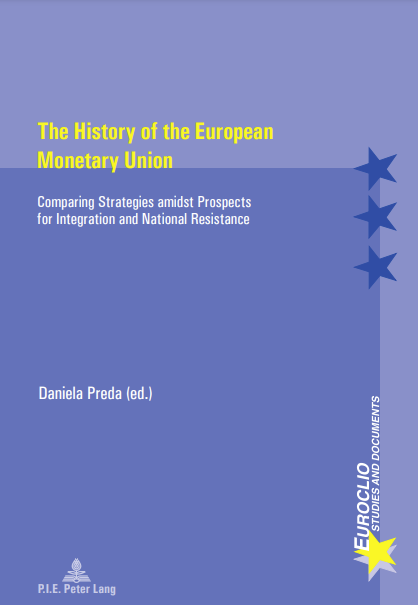The History of the European Monetary Union
Editorial: Peter Lang
Licencia: Creative Commons (by-nc-nd)
Autor(es): Preda, Daniela
The financial and economic crisis that hit Europe in 2009 brought out the precariousness of the monetary union, accentuating the economic disequilibrium among European nations and strengthening Euro-skepticism. The crisis served as a catalyst for long-standing and unresolved problems: the creation of a singly monetary area with intergovernmental control, the final act in the construction of a Europe economically united but without a government and a state; the consequent discrepancy between forming a consensus that remains in large part national and the political dynamics in Europe; the sustainability of a monetary union in the absence of an economic-social union, which presents again the long-standing debate between "monetarist" countries and "economist" countries.This book aims at placing current events within a long-term framework composed of a mosaic of multidisciplinary contributions that can provide the reader with keys which are adequate for an understanding of these events and useful for opening up new horizons.The book begins with a look at 20th-century monetary unification projects in an attempt at reconstructing the long road toward the single currency: the first monetary unification projects in the 1950s and 1960s; the turbulence of the 1970s; the new impetus given by the European Monetary System to the cohesion among European countries; the causes of the 1992 crisis; and the long struggle for the Monetary Union, which would end at Maastricht.
[2017]
Compartir:
Una vez que el usuario haya visto al menos un documento, este fragmento será visible.


